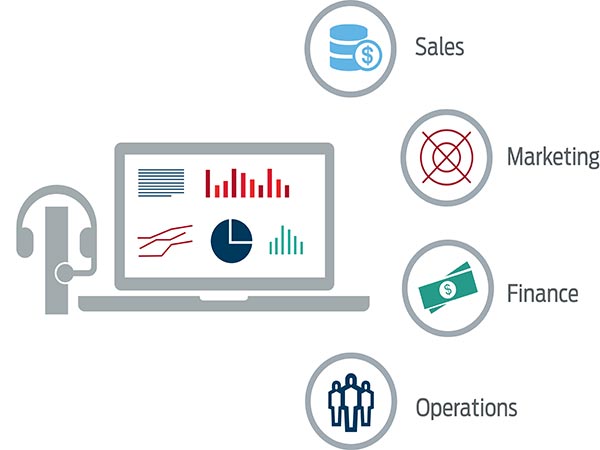How to create an effective scorecard for remote agent activity
How to create an effective scorecard for remote agent activity

Scorecards are a visual display of performance. They typically compare business goals based on key performance indicators that are necessary to achieve long term results. A business can decide to break a scorecard down by team, individuals, or both depending on the outcome they are looking for. But sometimes, scorecards can get unwieldy. Older, manual scorecards are even harder to maintain long-term, especially with agents working from remote locations.
Are your scorecards’ goals out of your managers control? How old is your scorecard? What are the motivations behind your scoring system?
These are the questions you need to ask yourself when assessing your company’s scorecard. Many objects in your customers and agent’s lives are always changing. With those changes, they must be met with a new scorecard strategy. This is the perfect time to reinvent your scorecard. To do so, you must understand the importance of a revamped scorecard, how to create it, and how to successfully roll it out.
Why you should change your scorecards
Outdated scorecards contain metrics that may have mattered before the pandemic, but now are less relevant. Customers are scared and anxious about what is to come. This may create longer average handling times, increased call numbers, and larger sales impacts. While this itself is a reason to reinvent your scorecard now, it is also important to reevaluate how your contact centre has changed on an ongoing process. Needs appear and disappear, and you should set a rhythm annually to examine your scorecard. Take time and reconfigure it to accurately show your business goals. This will ultimately create the best experience for your employees and customers.
How To Create Your New Scorecard
Your head may be spinning thinking of what to focus on for a scorecard. First, ask yourself, “What do we want to achieve?” Create specific and attainable goals based on those metrics. Make goals within your employees’ control as well as relevant goals for the time and position. Arrange visual representation of the scorecard in an understandable way.
Make sure each item has a specific meaning and that the most important points can easily be pulled off the page and digested. Our agents also advise you to make these metrics based off weekly or monthly reports. This way it shows an average of your work, not just one day. Once you have wrapped this all up you are ready to roll out your new scoring system.
Implementing Your New Scorecard
Scorecard rollouts must have proper buy in from your employees. Prior to the official roll out, make sure to test your new scorecard. Show that it works, highlight the differences, and share how this will change your employees’ experience. Next, share your findings with the teams managers. Show them the motivation for the change and how it will benefit them and their employees. Create an action plan where your managers will properly introduce the scorecard to their agents.
Once the scorecard has been implemented, it doesn’t stop there! Keep an eye on your metrics; if something is not working, then go back to the drawing board. Once you have good metrics, make sure to reassess periodically to assure you have the best system for your brand.
While this whole process may be daunting, creating a new scorecard will have a dramatic effect on your customer and employee experiences. When your new scorecard is implemented with attainable goals, it will drive business. If you need help creating a new scorecard, we’re here for you.
We have experts ready to help you revitalise your scorecard or just provide guidance on metrics. You can also watch our free webinar on the ‘Do’s and Don’ts of Creating Agent Scorecards’ for more in-depth information.









